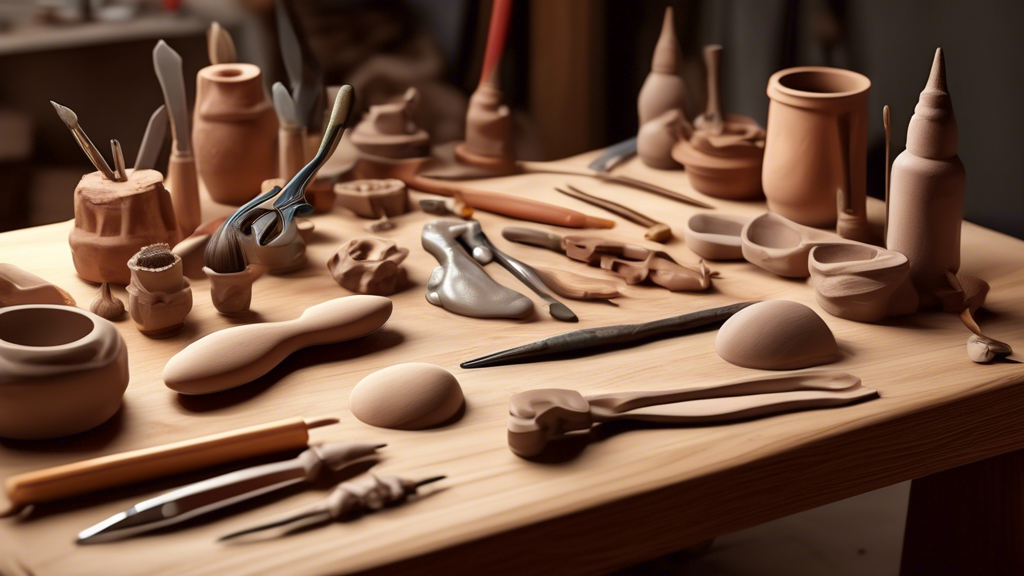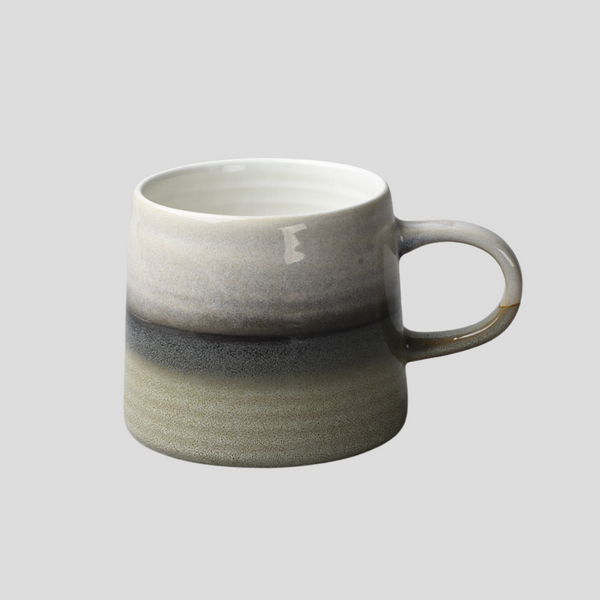
Sculpture Essentials: Key Tools for Creating Art
Sculpture, one of the oldest forms of visual art, remains a vibrant field for artists exploring three-dimensional forms. Whether working with clay, stone, metal, or modern materials like resins and plastics, sculptors require a toolkit that addresses the unique challenges posed by their medium. Understanding the essentials in a sculptor’s toolkit can help beginners get started and enable experienced artists to refine their craft. For artists working in clay, wax, or other pliable materials, a range of modeling tools is fundamental. These typically include: For harder materials like stone, wood, or certain types of plaster, sculptors need tools capable of cutting and removing material. Among these are: Casting is a process that involves pouring liquid material into a mold, where it hardens into a predetermined shape. Essential tools and materials for casting include: The final stages of sculptural work involve finishing tools that help refine the surface and bring out the details of the piece. These tools include: Last but certainly not least, a sculptor's toolkit must include safety equipment. Working with potentially hazardous materials and tools can pose risks to the artist’s health. Key safety gear includes: In conclusion, a well-equipped sculptor’s studio contains a wide array of tools, each serving a specific purpose in the creation of three-dimensional art. From the initial modeling to the final touches, each tool plays a crucial role in bringing the artist’s vision to reality. Endowed with these tools, sculptors can push the boundaries of creativity and material innovation, continuing the ancient and noble tradition of sculpture.Sculpture Essentials: Key Tools for Creating Art
1. Modeling Tools
2. Cutting and Carving Tools
3. Casting Tools
4. Finishing Tools
5. Safety Equipment

















































